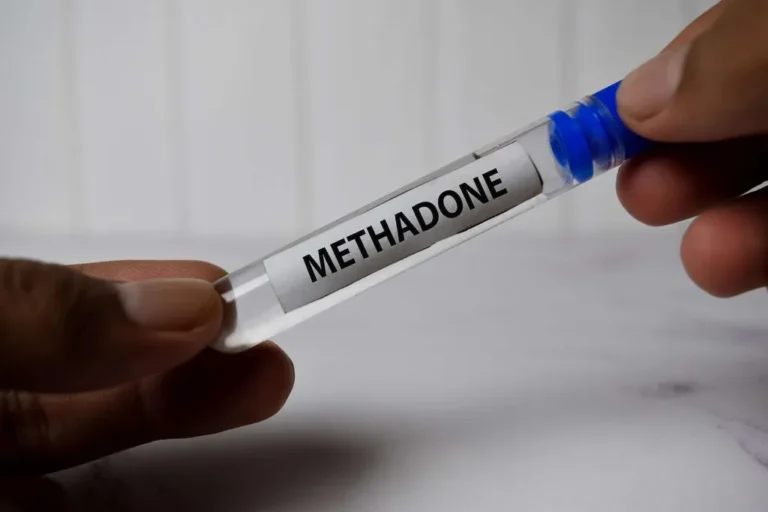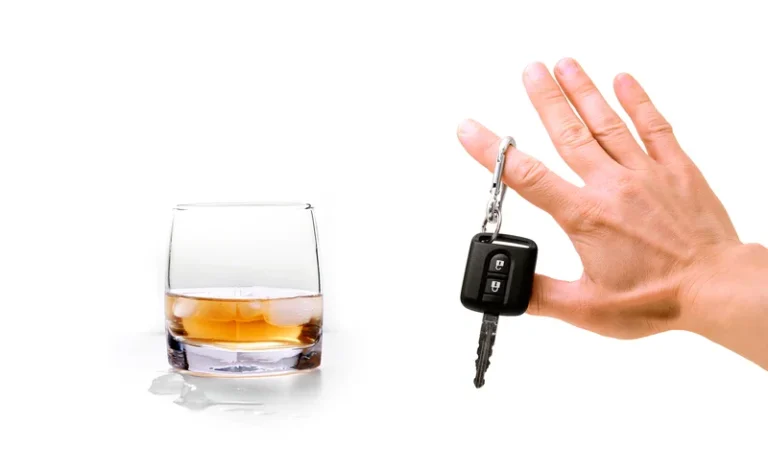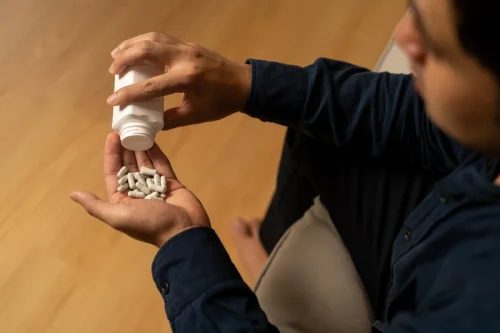
In contrast, youth with limited drinking histories showed similar levels of activation while viewing the two beverage picture types. These results demonstrated pronounced alcohol cue reactivity in heavy drinking teens, particularly in reaction teenage alcoholism to alcohol advertising materials. Overall, these results provide mixed evidence as to whether cognitive functioning in adolescents who drink heavily can be modified or improved after abstinence, reductions in drinking, or treatment.
How to talk to your teenager about alcohol
Using inhalants even once can lead to overdose, suffocation, seizures, and death. It should be clearly understood that use of alcohol by any individual under the age of 21 is a serious problem. In most states and local jurisdictions, use of alcohol by underage individuals is illegal, though there are a few exceptions. The Substance Abuse and Mental Health Services Administration (SAMHSA) provides the most reliable estimates of alcohol use by young people in the United States.

How to Talk to a Teen about Alcohol
Instead, try to focus on creating a caring, supportive environment. See if your teen will talk to a doctor if they won’t talk to you. Overall, the prognosis for alcoholism can be positive with early intervention, effective treatment, and ongoing support. It is important for individuals with alcoholism to seek help and work with healthcare professionals and loved ones to develop a personalized treatment plan that meets their unique needs and goals.
Talk to your teens about alcohol and its effects — all of them. Make sure they have the facts.
It can be hard for some people to talk to adults about these issues, but a supportive person in a position to help can refer students to a drug and alcohol counselor for evaluation and treatment. Alcohol use among adolescents is heterogeneous, ranging from low, normative use to heavy, pathological use. Alcohol is the most frequently used substance, as it is generally the easiest for adolescents to access (33). The average age of initiation for alcohol use among US and Australian adolescents is 15 years (34, 35). Across Europe, most adolescents begin drinking alcohol between ages 12 and 16, with 25% of adolescents in this region first consuming alcohol by age 13 (36). The worldwide estimate of adolescents (age 15–19) who drank alcohol in the past month is 27%, ranging from 1 to 44% across countries (Figure 1; 33).

Global prevalence of adolescent alcohol use
Please note, adolescents have many different issues that need to be addressed in different ways, and treatments for adolescents are often different than for adults. For example, there are no alcohol treatment medications that have been approved for adolescents to use. Additionally, the NIAAA notes https://ecosoberhouse.com/ that people who start drinking before age 15 are more than three times as likely to develop AUD as an adult than people who waited until age 21 to start drinking. According to the National Institute on Alcohol Abuse and Alcoholism (NIAAA), about 3.4% of US teenagers ages 12 to 17 have AUD.
- If you think your teen may not feel comfortable talking with you, perhaps guide them toward another trusted adult, such as an aunt, uncle, family friend, or community leader, with whom they have a good relationship.
- If you’re worried about your teen using alcohol, it may be tempting to take an extremely strict approach or overemphasize the risks of alcohol use.
- Teens who drink are also more likely to get into fights and commit crimes than those who don’t.
- Furthermore, female rodents with altered gene expression of TLR4, which reduced inflammatory activation following alcohol use, did not show behaviors consistent with adolescent alcohol use, such as anxiety and heightened reward sensitivity to alcohol (141).
Sex-related neuropsychological consequences of alcohol use
- These effects can mean that a teenager doesn’t do as well in school, resulting in lifelong negative impact on their potential.
- Studies have consistently reported accelerated decreases in gray matter volume and attenuated white matter growth of the frontal and temporal lobes, with poorer white matter integrity throughout related networks (65–73).
- But for many, this journey takes a dark turn, leading them down a path of dependency and despair.
- Youth with substance use disorders also experience higher rates of physical and mental illnesses, diminished overall health and well-being, and potential progression to addiction.
The body sends out a “feel good” chemical called dopamine when using a substance. This response tells the brain that it is worth using the substance again to get that feeling. Addiction happens when cravings don’t stop, withdrawal occurs without the substance, and use continues even when there are negative consequences.

Why do some teenagers drink?
BONUS! Sign up now and get a FREE copy of theBest Diets for Cognitive Fitness

Leave a Comment